Have you ever wondered what bitcoin halving is and why many people always say the bitcoin price will moon after the halving event? Well, you have come to the right post. Bitcoin halving, also known as "halvening," is an event that occurs approximately every four years in the Bitcoin network. It is a crucial component of Bitcoin's monetary policy and is designed to control the issuance rate of new Bitcoins. The halving reduces the rate at which new Bitcoins are created and added to the circulating supply. As of August 2019, there have only been two previous Bitcoin halving events. These occurred on the 28th of November, 2012 and the 9th of July, 2016. At the time of the first halving event, the price of Bitcoin was $12.31 and at the time of the second halving event, the price of Bitcoin was $650.63. There will only ever be 32 bitcoin halving events. Once all of these have occurred, there will be no more halvings and there will also be no more Bitcoin created as the maximum supply will have been reached.
So why exactly is this event spectacular and why the heck will bitcoin go up just because of this event?
- Supply Reduction: The Bitcoin network has a predetermined issuance schedule. For every 210,000 blocks mined, the block reward that miners receive for successfully validating transactions and adding them to the blockchain is cut in half. In the early days of Bitcoin, the block reward was 50 BTC per block. After the first halving, it became 25 BTC, then 12.5 BTC, and so on. This reduction in the block reward effectively reduces the rate at which new Bitcoins are introduced into circulation.
- Scarcity and Deflationary Nature: Bitcoin's total supply is capped at 21 million coins. By design, the halving events contribute to the controlled and gradual issuance of new coins. As the issuance rate decreases, the supply of new Bitcoins entering the market slows down. This reduced supply, coupled with growing demand, can lead to increased scarcity, which is a fundamental economic factor that can potentially influence value.
- Supply-Demand Dynamics: The halving affects the supply-demand balance. With a reduced rate of new Bitcoin issuance, there is a potential for increased scarcity. If the demand for Bitcoin remains constant or increases, the reduced supply can put upward pressure on the price. This effect is based on basic economic principles—when the supply decreases or remains steady while demand rises, the price tends to go up.
- Market Speculation: Bitcoin halvings are widely anticipated events in the cryptocurrency community. Traders, investors, and speculators often take these events into account when making decisions. The expectation of reduced supply and potential price appreciation can lead to increased buying activity before and after a halving event.
- Historical Price Trends: If we look at the historical price data of Bitcoin, there is a pattern of price surges following halving events. However, it's important to note that the price movements are influenced by a multitude of factors, including market sentiment, macroeconomic trends, regulatory developments, technological advancements, and more
Hold tight, the next halving is set to come by April 2024.
TL;DR: Bitcoin halving is a significant event that occurs every four years, reducing the rate of new Bitcoin creation. This scarcity-driven process, combined with growing demand, can lead to price increases. The event's impact is rooted in controlled supply reduction, scarcity economics, supply-demand dynamics, market speculation, and historical price trends. Though not a guarantee, past halvings have often coincided with price surges. The next halving is expected in April 2024.
[link] [comments]

You can get bonuses upto $100 FREE BONUS when you:
💰 Install these recommended apps:
💲 SocialGood - 100% Crypto Back on Everyday Shopping
💲 xPortal - The DeFi For The Next Billion
💲 CryptoTab Browser - Lightweight, fast, and ready to mine!
💰 Register on these recommended exchanges:
🟡 Binance🟡 Bitfinex🟡 Bitmart🟡 Bittrex🟡 Bitget
🟡 CoinEx🟡 Crypto.com🟡 Gate.io🟡 Huobi🟡 Kucoin.




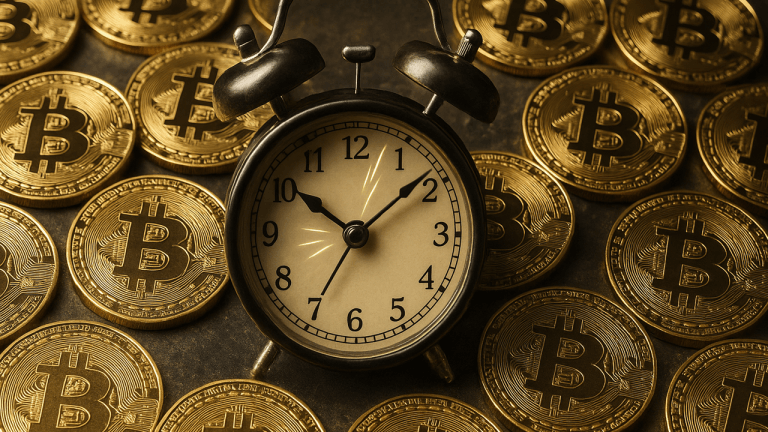
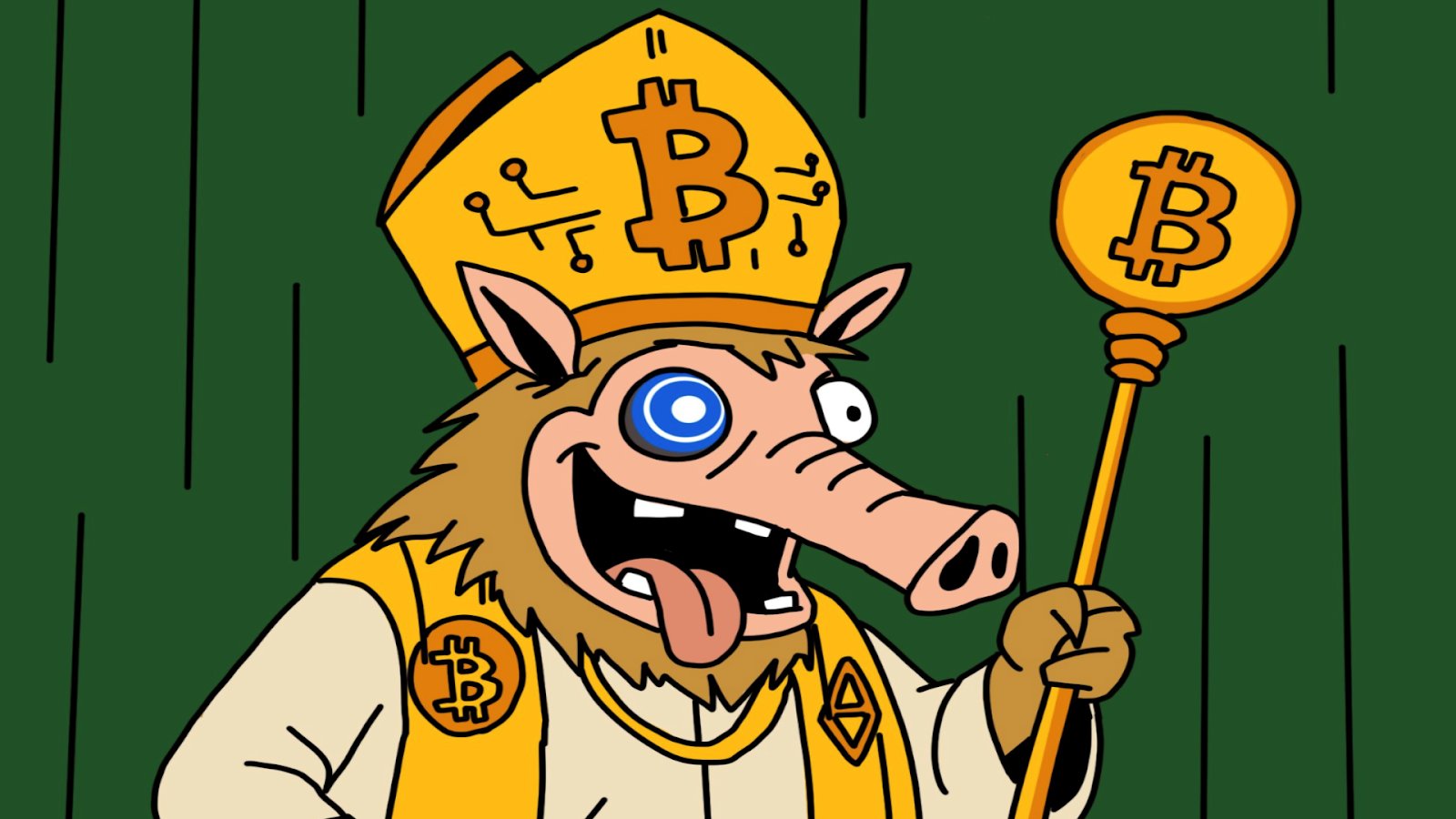



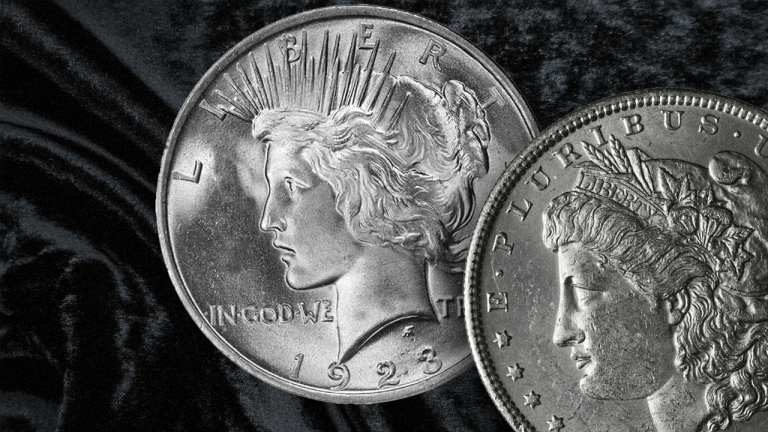
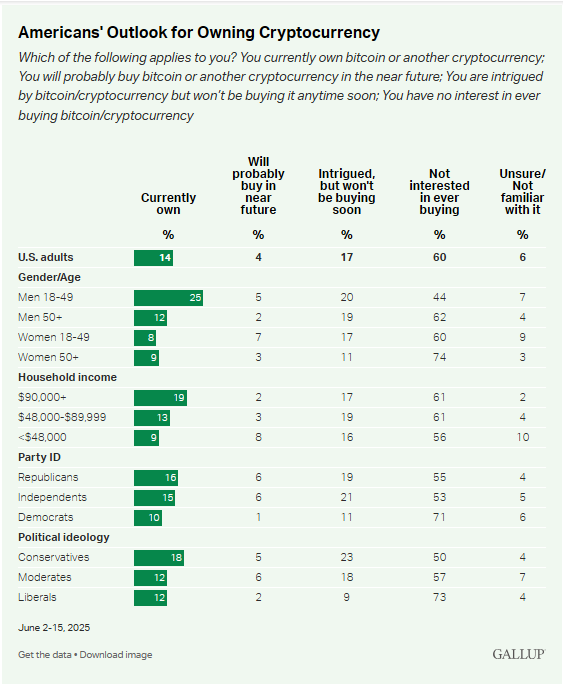
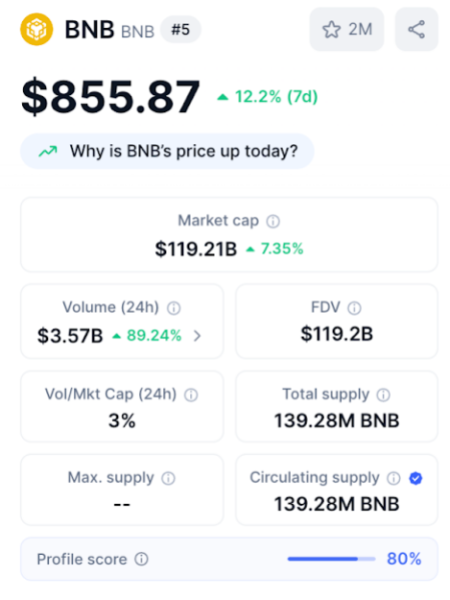



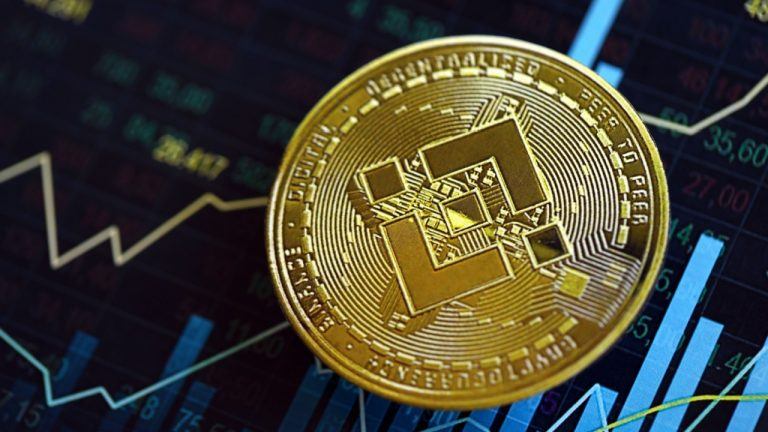



Comments